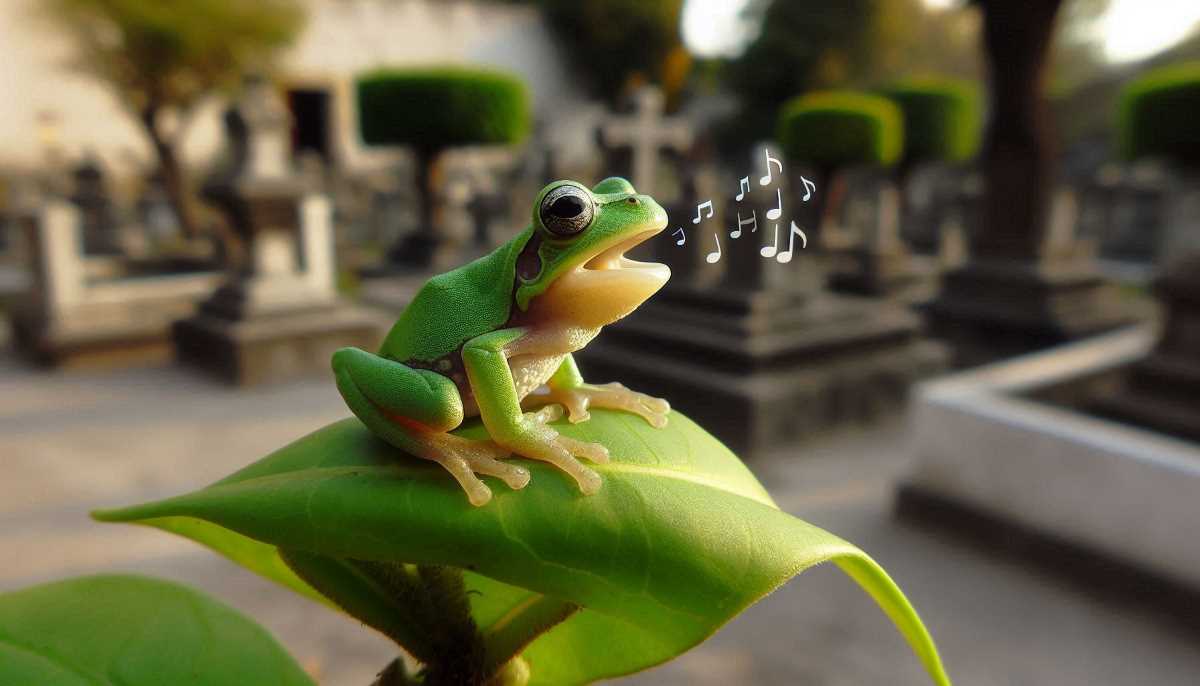The Mystery of the Mexico City Tiny Terror Frog of Xochimilco
A tiny green frog, known as the snooping frog, has been discovered in Mexico City. The frog, native to warmer regions, is known for its distinctive whistle. Biologists are investigating how the frog arrived in the city and its potential impact on the local ecosystem.

On a July night in 2023, in the Xilotepec cemetery in Xochimilco, four UNAM biologists were seen using their cell phone lights to search through the undergrowth and graves for the source of a powerful and clear whistle that seemed to come from a human being. The task took them a couple of hours, but in the end they found the animal: a tiny green frog that, at two centimeters long, would easily fit on a thumbnail.
Although common in states like Morelos or Guerrero, these whistles had not been heard in Mexico City, or at least there was no record of them until a year ago, when in the middle of the rainy season, Diego Iván Sánchez Aguilar — a graduate of the Biology degree from the Faculty of Higher Studies (FES) Zaragoza — heard them behind his house and immediately recorded them with his cell phone.




